
Meet Chordle!
Looking for a fun music game for you and your music students? Meet Chordle! I had the pleasure of meeting with its creator, Nate May, a few weeks ago and I love what he has created. Chordle is part of a larger project that Nate runs called Synthase which focuses on curriculum and training. Chordle is a great way to have fun learning about chords and their many shapes and colors. If you are a fan of Wordle and Byrdle, then Chordle is definitely a site to bookmark. Here is how it works:

Lesson Plan: Build Your Own Pop Filter
The following lesson plan is from my publication for MusicFirst titled Podcasting Across the Curriculum. It serves as both an informative lesson on audio production as well as a practical lesson where students use common household objects to build their own pop filters that can be used when recording vocals. I used to do this lesson with my students back in the mid-2000’s and they always did a great job with it. If you’d like to preview the curriculum and the many resources included with the MusicFirst Classroom, just fill out this form. I hope you enjoy this lesson with your students!

Soundtrap Adds AI-Powered Vocal Cleanup
My good friends at Soundtrap recently announced a very cool feature that harnesses the power of AI to remove background noise from any vocal track. The feature is called Vocal Cleanup and I am really impressed with the results. One of the disadvantages of students using only Chromebooks to make recordings is that the microphone isn’t the highest quality. It is very common to hear not only the usual background noise - be it a noisy classroom, talking, room noise, etc. - but also the 60 cycle hum of the CPU and sometimes a high pitched frequency known as a coil whine. Even if you and your students do have access to USB microphones and/or audio interfaces with good condenser microphones, you still will inevitably have background noise. Whether it’s a podcast or a vocal melody, no one wants to hear deal with background noise. The new Vocal Cleanup feature from Soundtrap is PERFECT for this situation.

AI, Music Composition & Copyright: A New Frontier
Last week, I had the pleasure of presenting a lecture on AI in Music Education at my alma mater, Montclair State University. During the lecture, one of the graduate students asked me about US Copyright Law and how it applied to composing music. While I knew that the law does not apply to AI-generated art and music, but what about AI-assisted work? I simply didn’t know the answer. After about a week’s worth of research on the topic, and two decades of interest in US Copyright Law (I wrote a book titled The Teachers Guide to Music, Media & Copyright Law about 15 years ago), the following is what I’ve found out. In a nutshell, AI is moving so fast, the law is trying to catch up - but it has a way to go until there is real clarity.

Resource: This Day in Music
You gotta love when a website delivers simple, concise content on a daily basis about the best subject in the world - music. This Day in Music is exactly that. Every day the site lists 3 main topics in popular music history based on the date:
What Was the Number One Song on the Day You Were Born?
On This Day in Popular Music History
What Famous Musician was Born on this Day
When the MusicFirst Classroom first launched back in August of 2014, we used to pull in content from this website as part of the Teacher and Student Dashboard. While we stopped doing that back in 2016 when we redesigned the dashboard, I’ve always wanted to figure out a way to get it back. I’ll keep trying. In the meantime, this is a GREAT website to bookmark and share with your students.

Resources: Composing Scary Music
With Halloween fast approaching, I thought it would be a good idea to share some excellent resources that I have used in the past to get students composing scary music - no matter what kind of software you have available. In my teaching experience, I found that students LOVE music from horror movies. Don’t believe me? Just sit down at a piano and start playing the themes from Halloween, Friday the 13th, The Exorcist - even Jaws. Kids immediately want to know how to play those songs. But what makes those theme songs scary? What impact does music have in scary movies? The following is a collection of resources to help you teach students what makes music scary - and how to compose scary music.

Masterclass with Judith Weir
Nearly two years ago, the UK division of MusicFirst hosted a very special free online event for young composers around the UK that encouraged them to submit original compositions using programs like Flat, Noteflight, Sibelius and Finale. There were hundreds of submissions from three different age categories - 11-14, 15-16, and 17-18. The submissions were evaluated by a team of qualified musicians and educators based on compositional technique, musicality and originality. From each age category there were two “finalists” and one “winner” selected. The finalists were then invited to participate in a live virtual masterclass with Judith Weir, where she provided commentary on each of the students' work and announced a winner of each category.

The SAMR Model & Music Technology
The SAMR Model (Substitution, Augmentation, Modification, Redefinition) provides a helpful framework for how technology can support learning activities. Created by Dr. Ruben Puentedura, this model establishes a continuum from Substitution (where technology replaces technology in traditional instruction without substantive improvement), to Augmentation (where technology improves traditional instruction), to Modification (where technology allows for significant task redesign), to Redefinition (where technology allows learning tasks that were not possible before). The model addresses the range of ways that music technology functions both serve and support traditional music instruction as well as create entirely new possibilities for music instruction, often with some overlap.
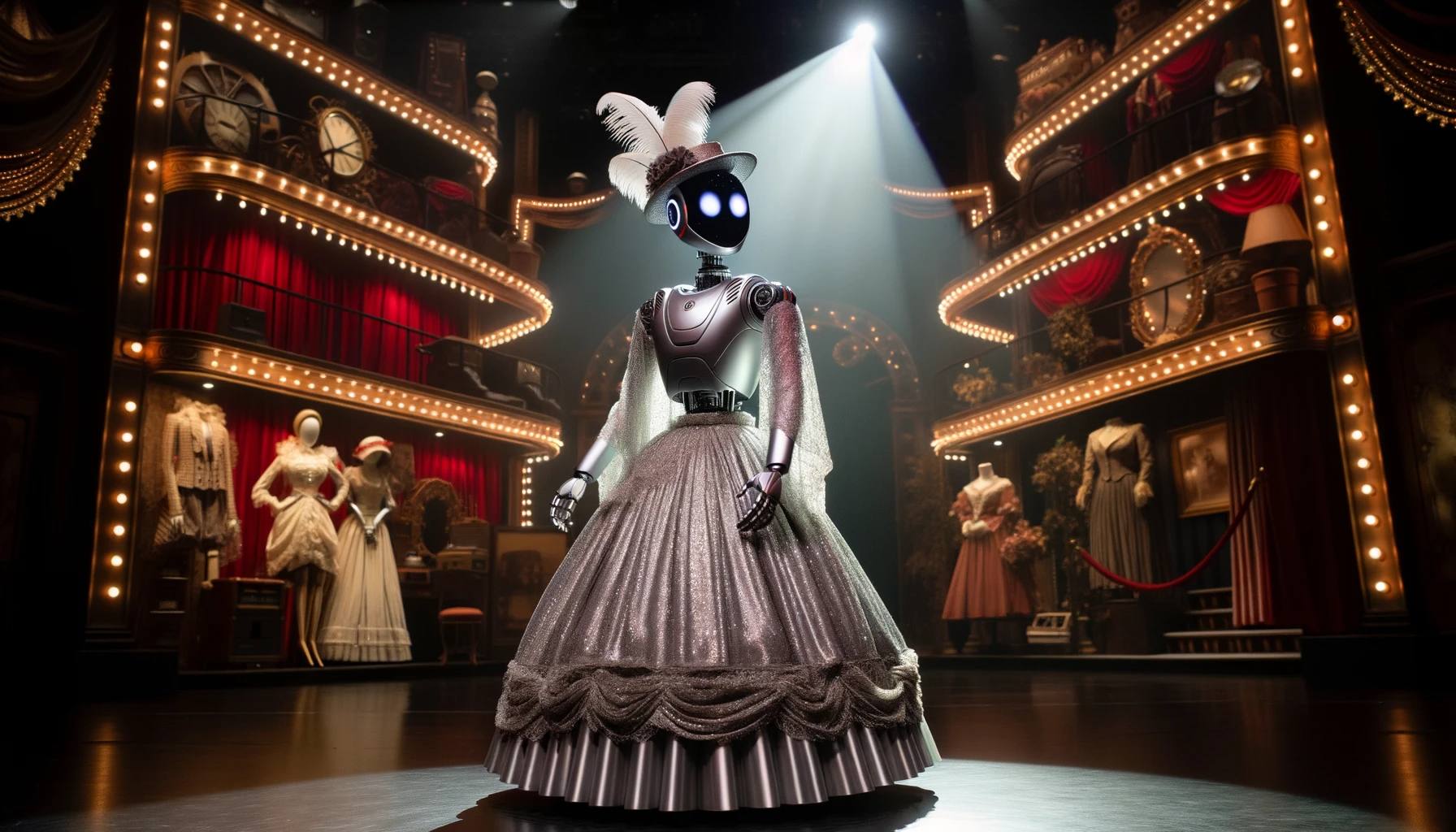
Hello DALL-E3!
DALL·E 3 is the new beta version of an AI program trained to generate images from text descriptions and it is now available in ChatGPT4. DALL-E has actually been around for a few years, but it is now integrated directly into ChatGPT4, and I had a chance to experiment with it yesterday. It is mind blowing. To be able to write a description of an image that you’d like to see - especially something that doesn’t exist (yet) in our world and then have a program generate that image for you is pretty incredible. I have used other versions of DALL-E and I’ve tried out similar tools in Canva, but if this new version is any indication of what’s to come with this type of technology, we should definitely start buckling up.
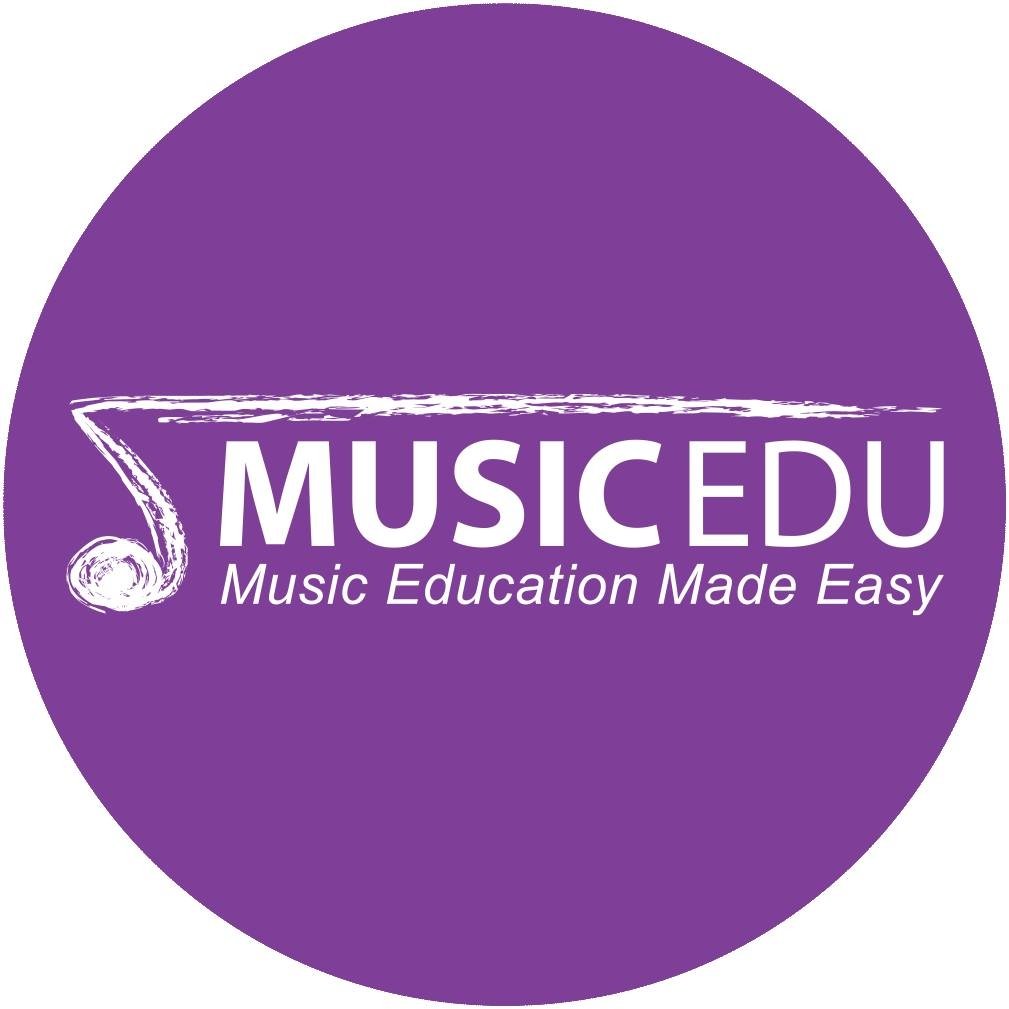
MusicEDU Partners with MusicFirst
One of my favorite music technology resources from Australia is a wonderful product called MusicEDU. Created by Kate Hargreaves, the MusicEDU Suite is a collection of curricula that covers a variety of topics, including Track Formers - a DJ-ing curriculum, Game Composer - focusing on composing for video games, Keyboard Evolution - a keyboard curriculum for beginners to advanced, AR Classroom - a general music curriculum, and Studio Sessions - which focuses on recording studios and sound production. This suite of curricula is perfect for both middle school and high school students and has been expertly authored with music educators and students in mind.

Resource: US Army Field Band YouTube Channel
If you teach Beginning Band - whether at the elementary or middle school level - you should definitely check out the YouTube Channel for the United States Army Field Band. In addition to the numerous videos of their performances, they have curated a VERY useful playlist for Beginning Band, and if I were still teaching at that level, I would point all of my young musicians to the relevant videos for their instruments. I might also use some of their videos to recruit beginning musicians. The videos are all professionally produced and are really well structured from a pedagogical standpoint.
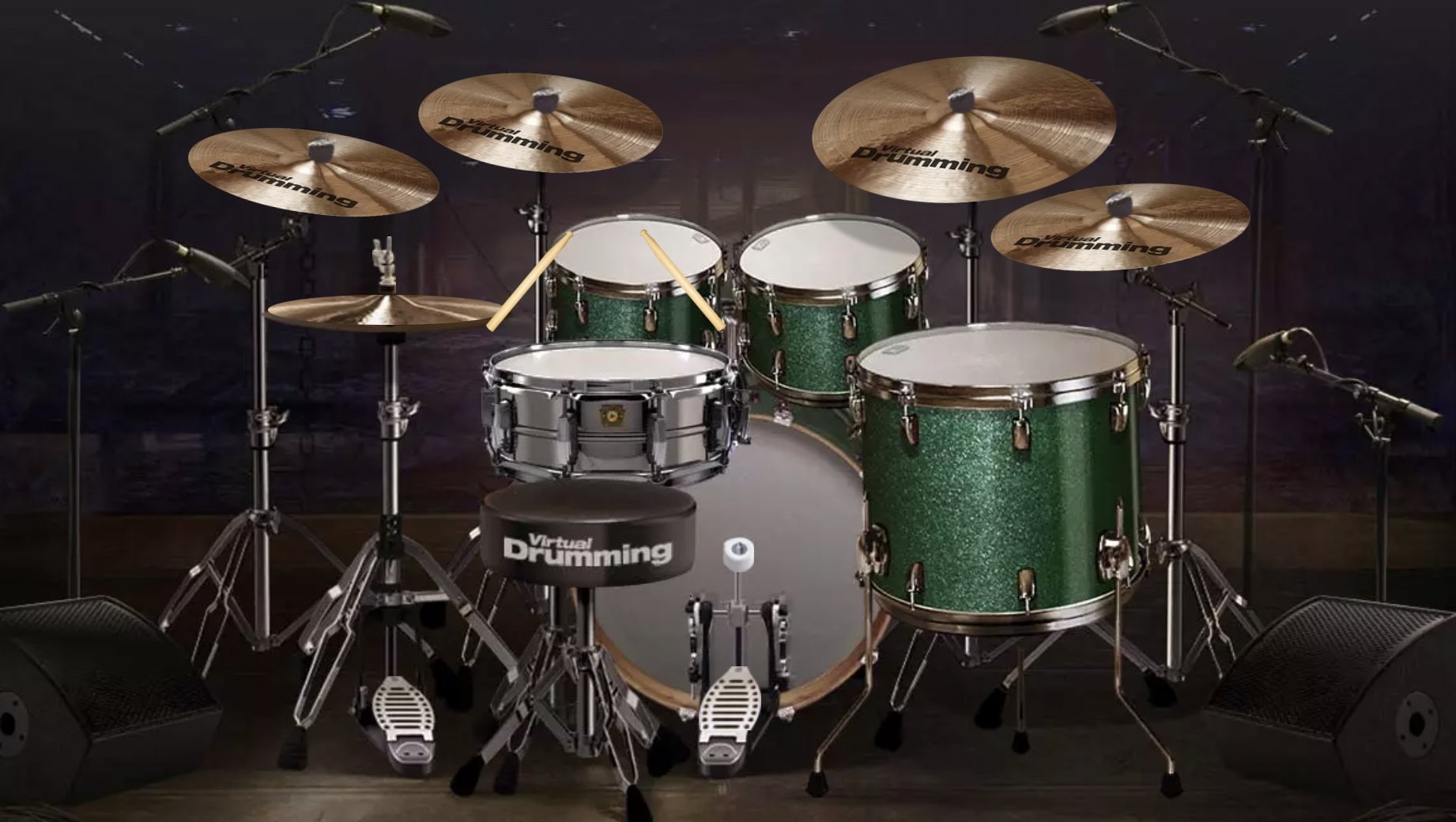
Tool: Virtual Drumming
Virtual Drumming is another terrific tool for musicians, teachers, and students. It has some really great features and sounds, and does WAY more than just drumming. There is the main attraction - a gorgeous virtual drumset that has each drum mapped to a key on your QWERTY keyboard, a drum machine to create beats using the variety of drumsets that are available, drum lessons, a virtual piano, games, downloadable app, and more. The best part? You can do most things for FREE! All online - using any device. Definitely worth bookmarking this one!
AI meets the DAW: Check out WavTool
WavTool is a FREE AI-assisted online DAW with some very impressive features. In preparation for some upcoming talks that I am presenting on AI in Music Education, I found this site and have been playing around with it for a few weeks now. WavTool bills itself as AI-assisted music production and feels like they have implemented ChatGPT to assist you in coming up with musical ideas. Users can type in descriptions of what they would like each instrument to sound like and WavTool generates musical clips based on those descriptions. For example, if you want to create a Hip Hop bass line - just type that in. Add more descriptive text like “Create a hard driving and complex hip hop bass line” and you get better results. I am very impressed by the way AI has been implemented in WavTool and I think it can serve as a musical idea generator and then exported into other DAWs. Definitely worth signing up for this one.

Why Music Technology?
Sometimes the simplest questions are the hardest to answer. Sometimes they’re not. I have spent the last 35 years of my career integrating technology into my instruction, and I’ve trained tens of thousands of music educators how to do the same. Up until 2020, I always encountered music educators who were either uncomfortable with the idea of bringing technology into their classrooms, usually due to a lack of training and/or funding OR completely against technology integration. After all, performing music has been done for generations without the use of technology - so why start now?
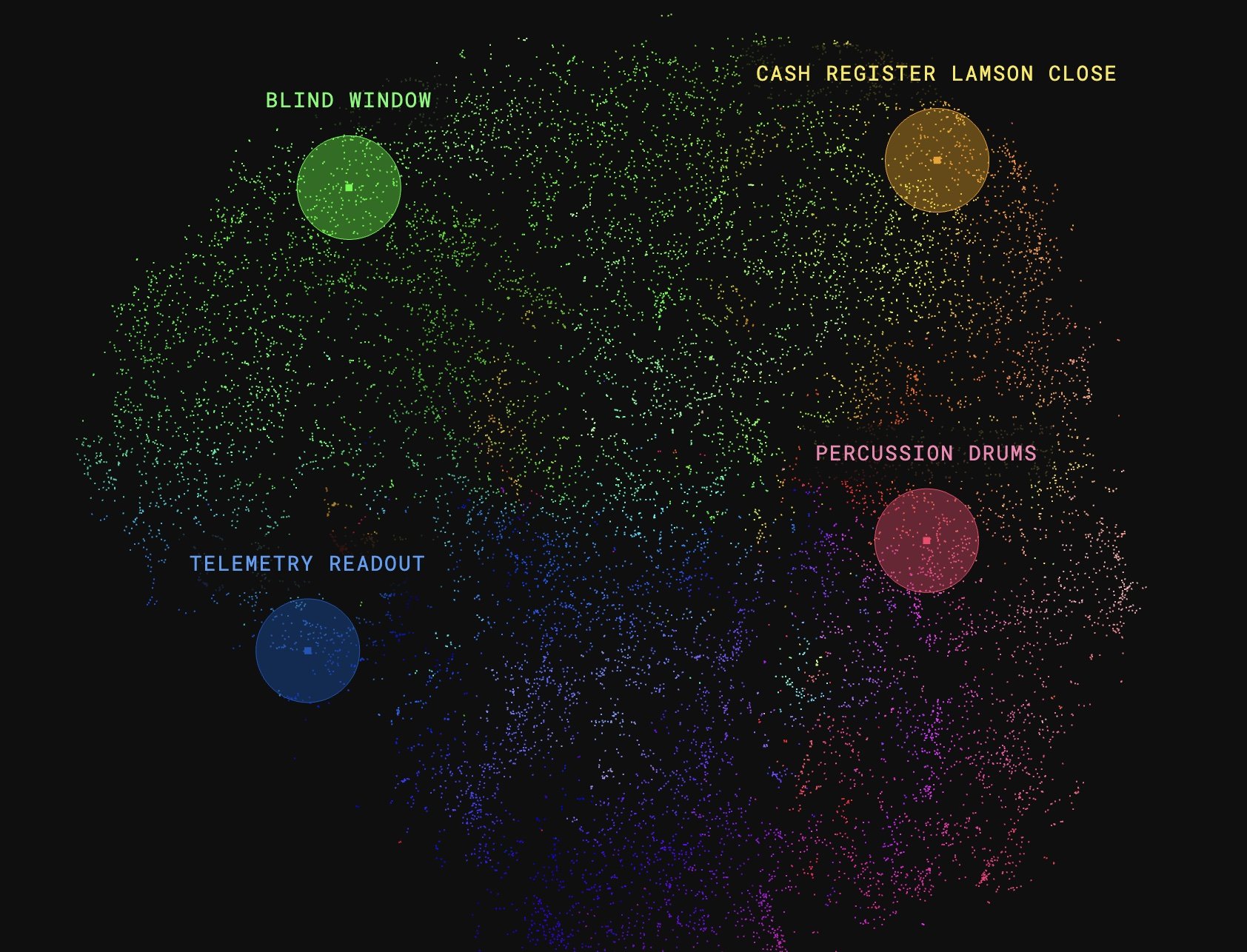
Tool: The Infinite Drum Machine
I absolutely love stumbling on music making websites with innovative approaches and infinite creative possibilities. One such site is The Infinite Drum Machine from the Google AI Experiment Lab, built by Kyle McDonald, Manny Tan and Yotam Mann. This free and fun to use website allows users to make drum patterns out of a HUGE library of sounds - some musical but mostly found sounds from every day life. Users can search through a huge variety of tags to find interesting sounds that can then be incorporated into a 4-track step sequencer. You can choose from a variety of pre-made sound sets, or you can create your own. Here’s an overview video from the creators of The Infinite Drum Machine:
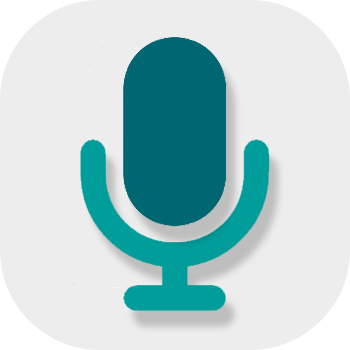
The MusicFirst Recorder is Here!
One of the many reasons that I am so proud to lead the MusicFirst team is that we listen very carefully to what our customers are asking us for, and then we deliver those features. We will be adding the MusicFirst Recorder to all current MusicFirst Classrooms subscriptions over the next few weeks, and we know that teachers and students will love using it for assignments and populating digital portfolios. The MusicFirst Recorder is a very simple online audio recorder with some great features that make it perfect for assigning students performance assessments - and you can add PDFs and audio backing tracks to make the experience more convenient and meaningful for the students. Here is how it works:
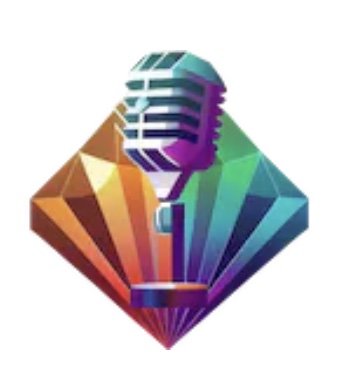
Tool: Voicify
I recently delivered my first full lecture on AI in Music Education for my graduate students at Teachers College, Columbia University. I tend to do a tremendous amount of research on a topic before presenting it to students, and with a topic as fascinating as artificial intelligence and its potential impact on education, I spent WAY too much time digging in to various AI tools and applications. I stumbled upon a very cool site called Voicify.ai and I think that sites like this perfectly illustrate both the exciting positive uses of AI, as well as uses that are problematic on a number of levels. In a nutshell, Voicify.ai allows users to choose from a collection of famous voices to sing AI covers of either existing music tracks (think of having the Beatles sing the latest Beyonce song) or user-generated content. If you write an original song and want an artist like Ariana Grande to sing it, Voicify.ai is the tool for you!

Webinar: Sight Reading Factory for Choral Rehearsal & Assessment
Last night, MusicFirst hosted a wonderful webinar on how to use Sight Reading Factory in the choral classroom led by Jeremy Little, a music educator who has presented at numerous school districts, conferences, workshops, and universities in Illinois, Indiana, and Wisconsin. He teaches at Vernon Hills H.S. and at Milwaukee Lutheran H.S. and holds degrees from the University of Illinois at Urbana-Champaign and the University of Wisconsin-Milwaukee. He has been the guest conductor for festivals across Lake County, the ILMEA District VII Junior High Honors chorus, and conducted his own choral and orchestral students in the world-premiere of Robert Convery's "Working Girls" at the 2013 Illinois Music Education Conference.
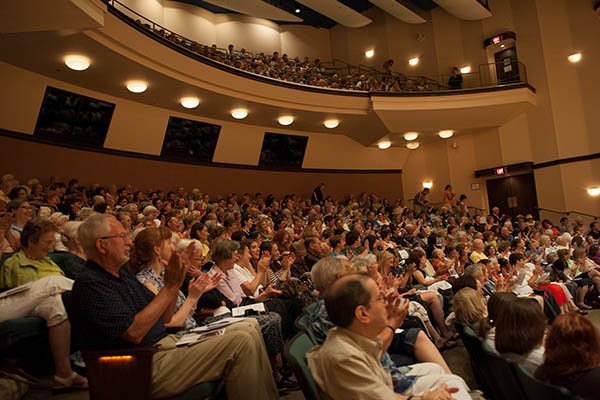
Lesson Plan: Program Notes Podcast
With Holiday & Winter Concert season on the not-too-distant horizon, I thought it would be good to share a lesson plan that asks students to create program note podcasts for each of the pieces of your concert using Soundtrap and QR codes. This lesson plan and project idea is from my publication Podcasting Across the Curriculum - available exclusively from MusicFirst. Not only does this give your performance ensemble students a great way to demonstrate their understanding of the pieces that you are performing on your concert, it also gives the parents an opportunity to learn more about what they are hearing, what the students think about the pieces that they are performing, and provides an insight into the amount of work that the students put in to get the piece to rehearsed enough be to “concert ready.” I hope that you can use this idea with the students in your ensemble.
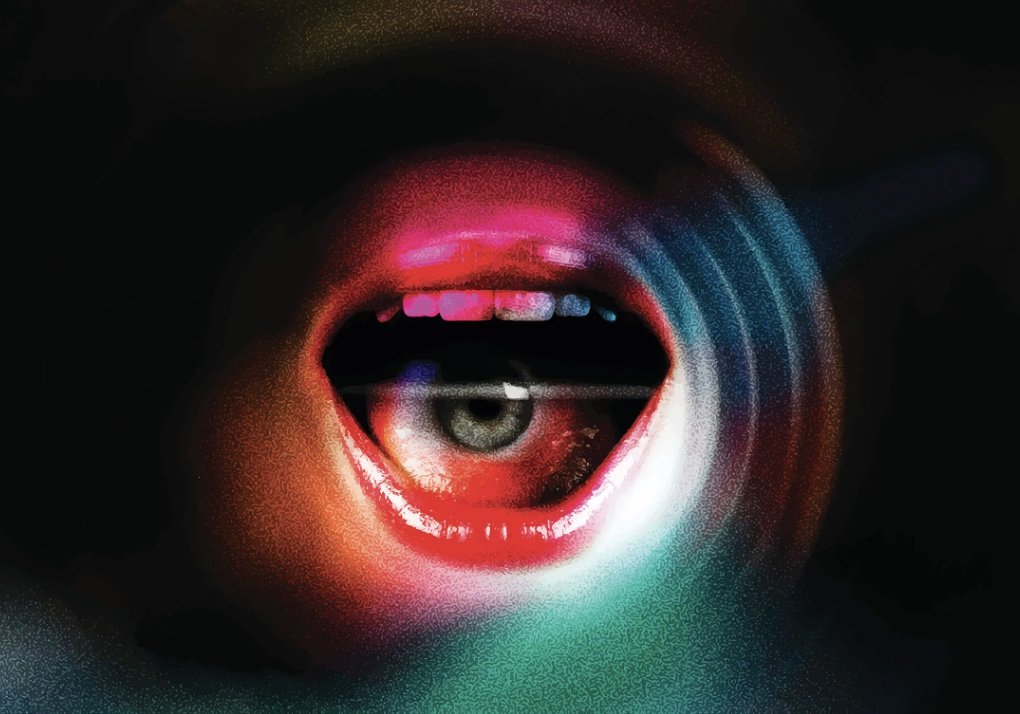
ChatGPT can now See, Hear & Speak!
You read that correctly. Over this past weekend, OpenAI announced that their popular chatbot ChatGPT 4.0 can now interact with users by seeing, hearing and speaking with/to them. I got goosebumps the minute read that. I’m imaging you did too. This means that users will no longer need to type in prompts to ChatGPT - they’ll be able to interact with it just like speaking to another human. Earlier this month OpenAI announced DALL-E 3 - an AI tool that can generate any artwork you ask it to. You want to see Han Solo conduct a mariachi band at Carnegie Hall? Just ask! I only had a few days to digest this before reading about the See, Hear & Speak feature that is coming very soon to ChatGPT 4.0 Plus and Enterprise - the paid version ($20/month) of the wildly popular ChatGPT.